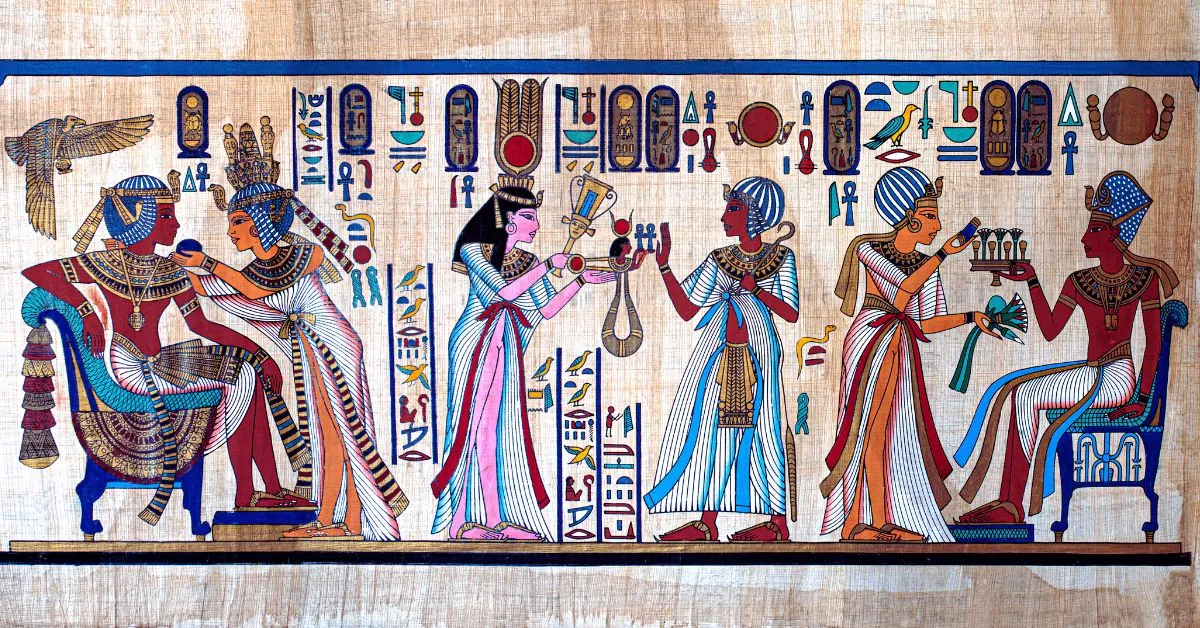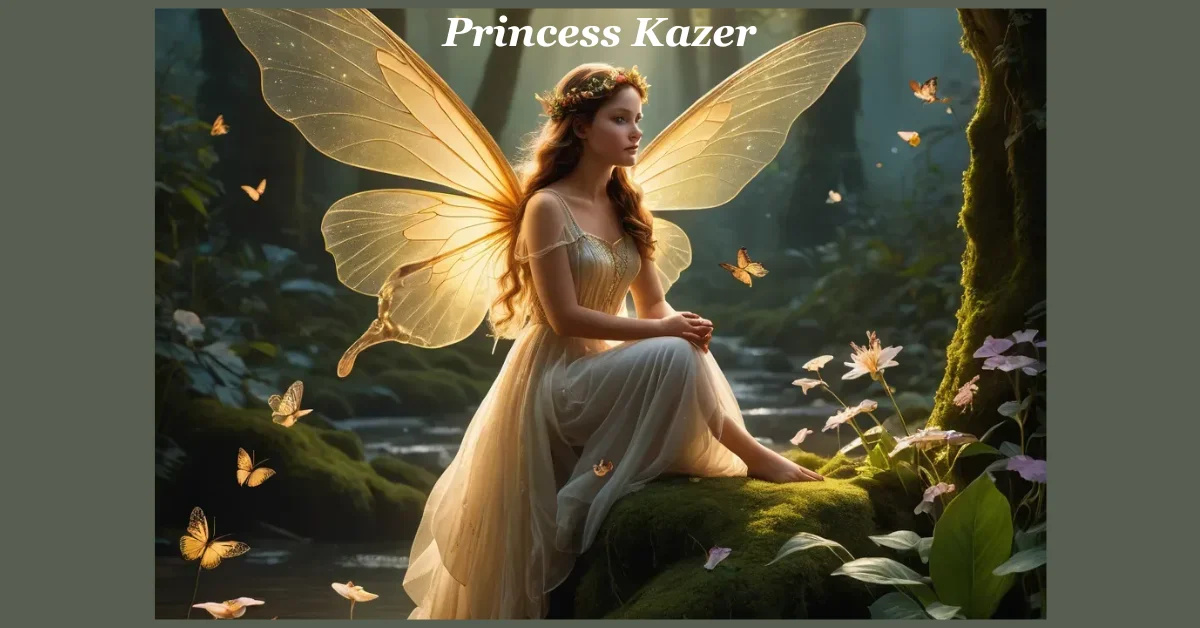Exploring the realm of “ancient artz” offers a window into the minds and cultures of our ancestors. Ancient art, with its diverse forms, mediums, and purposes, has left an indelible mark on human history. From the monumental structures of the Egyptians to the intricate pottery of the Greeks, the legacy of ancient art is vast and varied. The term “ancient artz” encompasses all forms of artistic expression that were created by early civilizations, each reflecting the unique cultural, religious, and social contexts of its time. This article delves into the different aspects of ancient art, examining its evolution, significance, and enduring influence on modern art and culture.
The Origin of Ancient Artz
The origins of “ancient artz” can be traced back to the earliest human societies. Art, as a form of expression, predates written language and was used to communicate, record events, and express beliefs. In prehistoric times, cave paintings were created by early humans as a means of storytelling and religious expression. These early forms of art provide valuable insights into the lives and beliefs of ancient people.
As civilizations developed, so did their art. The art of ancient Egypt, for example, was heavily influenced by religious beliefs and was used to honor the gods and ensure a successful afterlife for the deceased. Similarly, the art of Mesopotamia reflected the region’s complex social structures and the importance of religion in everyday life. These early examples of “ancient artz” set the stage for the development of more sophisticated artistic techniques and styles.
The Influence of Religion on Ancient Artz
Religion played a central role in the development of “ancient artz.” In many ancient civilizations, art was used to depict deities, mythological scenes, and religious rituals. The grandeur and scale of religious art were often intended to inspire awe and reinforce the power and authority of the ruling class.
In ancient Egypt, for example, the construction of massive pyramids and the intricate carvings found within them were deeply connected to the religious beliefs surrounding death and the afterlife. The Egyptians believed that art had the power to ensure a successful journey to the afterlife, and as such, great care was taken in the creation of funerary art.
Similarly, in ancient Greece, religion was a major theme in art. Temples were adorned with sculptures and friezes depicting scenes from mythology, and the gods were often represented in human form, reflecting the Greek belief in the connection between the divine and the human. The Parthenon, with its iconic sculptures of gods and goddesses, is a prime example of the importance of religion in “ancient artz.”
The Role of Materials and Techniques in Ancient Artz
The materials and techniques used in “ancient artz” were as varied as the cultures that produced them. Each civilization had its preferred mediums, whether it was the stone of the Egyptians, the clay of the Mesopotamians, or the marble of the Greeks.
In ancient Egypt, for example, stone was the primary material used for sculpture and architecture. The Egyptians mastered the art of carving, creating monumental statues and intricate reliefs that have survived for thousands of years. The use of stone allowed for the creation of durable and long-lasting works of art, which was important in a culture that placed great emphasis on the afterlife.
In contrast, the Mesopotamians preferred to work with clay, a more readily available material in their region. The use of clay allowed for the mass production of art, such as the famous cylinder seals, which were used to authenticate documents and protect property. These seals were often intricately carved with scenes depicting gods, animals, and human figures.
The Greeks, on the other hand, are renowned for their use of marble in sculpture. The use of marble allowed for the creation of highly detailed and lifelike sculptures, such as the famous statues of the gods and heroes. The Greeks also pioneered the use of bronze in sculpture, a material that allowed for even greater detail and expression.
The Evolution of Artistic Styles in Ancient Artz
“Ancient artz” was not static; it evolved as societies changed and new ideas and influences were introduced. Each civilization had its artistic style, which reflected its unique cultural and historical context.
In ancient Egypt, art was highly stylized and followed strict conventions. Figures were often depicted in a rigid, frontal pose, with the head in profile and the body facing forward. This style was used consistently for thousands of years, reflecting the stability and continuity of Egyptian society.
In contrast, ancient Greek art evolved rapidly over a relatively short period. The early Greek art, known as the Archaic period, was heavily influenced by Egyptian art and featured stiff, formal figures. However, by the Classical period, Greek artists had developed a more naturalistic style, characterized by lifelike figures and a greater emphasis on movement and expression. This evolution continued into the Hellenistic period, where art became even more dynamic and expressive, reflecting the changing social and political landscape of the time.
The Cultural Significance
“Ancient artz” was not just a form of artistic expression; it played a crucial role in shaping the culture and identity of ancient civilizations. Art was used to convey important cultural values, reinforce social hierarchies, and communicate religious beliefs.
In ancient Egypt, art was used to reinforce the divine right of the pharaohs to rule. The grandeur and scale of Egyptian art, from the massive pyramids to the intricate tomb paintings, were intended to demonstrate the power and authority of the pharaohs and ensure their legacy for eternity.
Similarly, in ancient Greece, art was used to promote civic pride and unity. The construction of grand temples and public buildings, adorned with sculptures and reliefs, was a reflection of the Greek belief in the importance of the polis, or city-state. Art was also used to celebrate athletic achievement, as seen in the numerous statues of victorious athletes that adorned Greek cities.
In ancient Mesopotamia, art was used to communicate religious and political messages. The famous Code of Hammurabi, for example, was a legal document inscribed on a large stone stele and adorned with a relief depicting the king receiving the laws from the god Shamash. This use of art to communicate important messages was a reflection of the complex social and political structures of Mesopotamian society.
The Enduring Legacy of Ancient Artz
The influence of “ancient artz” can still be seen in modern art and culture. The techniques, styles, and themes developed by ancient civilizations have been passed down through the centuries and continue to inspire artists today.
The art of ancient Greece, in particular, has had a profound impact on Western art. The Classical style, with its emphasis on proportion, balance, and harmony, has been emulated by artists for centuries. The Renaissance, for example, was a period of renewed interest in the art of antiquity, and many of the greatest artists of the time, such as Michelangelo and Leonardo da Vinci, were inspired by the art of ancient Greece and Rome.
Similarly, the art of ancient Egypt has continued to fascinate and inspire artists and designers. The iconic imagery of the pyramids, sphinxes, and pharaohs has been used in everything from fashion to film, and the influence of Egyptian art can be seen in the Art Deco movement of the early 20th century.
The Interpretation and Preservation
The study and preservation of “ancient artz” are important for understanding the history and culture of ancient civilizations. Through the careful analysis of ancient art, historians and archaeologists can gain valuable insights into the beliefs, values, and daily lives of ancient people.
Preserving ancient art is also crucial for ensuring that future generations can continue to learn from and be inspired by these works. Unfortunately, many ancient artworks have been lost or damaged over the centuries due to natural disasters, war, and neglect. However, efforts are being made to protect and restore these priceless works of art.
Museums and cultural institutions around the world play a key role in the preservation of ancient art. By carefully curating and displaying ancient artworks, these institutions help to ensure that the legacy of “ancient artz” continues to be appreciated and understood.
“Ancient artz” represents a fascinating and vital part of human history. Each piece of ancient art tells a story about the people who created it, their beliefs, and their way of life. The significance of these works cannot be overstated, as they offer a unique glimpse into the past and continue to influence and inspire the world today. As we continue to study and preserve these ancient artworks, we ensure that the legacy of “ancient artz” will endure for generations to come.











